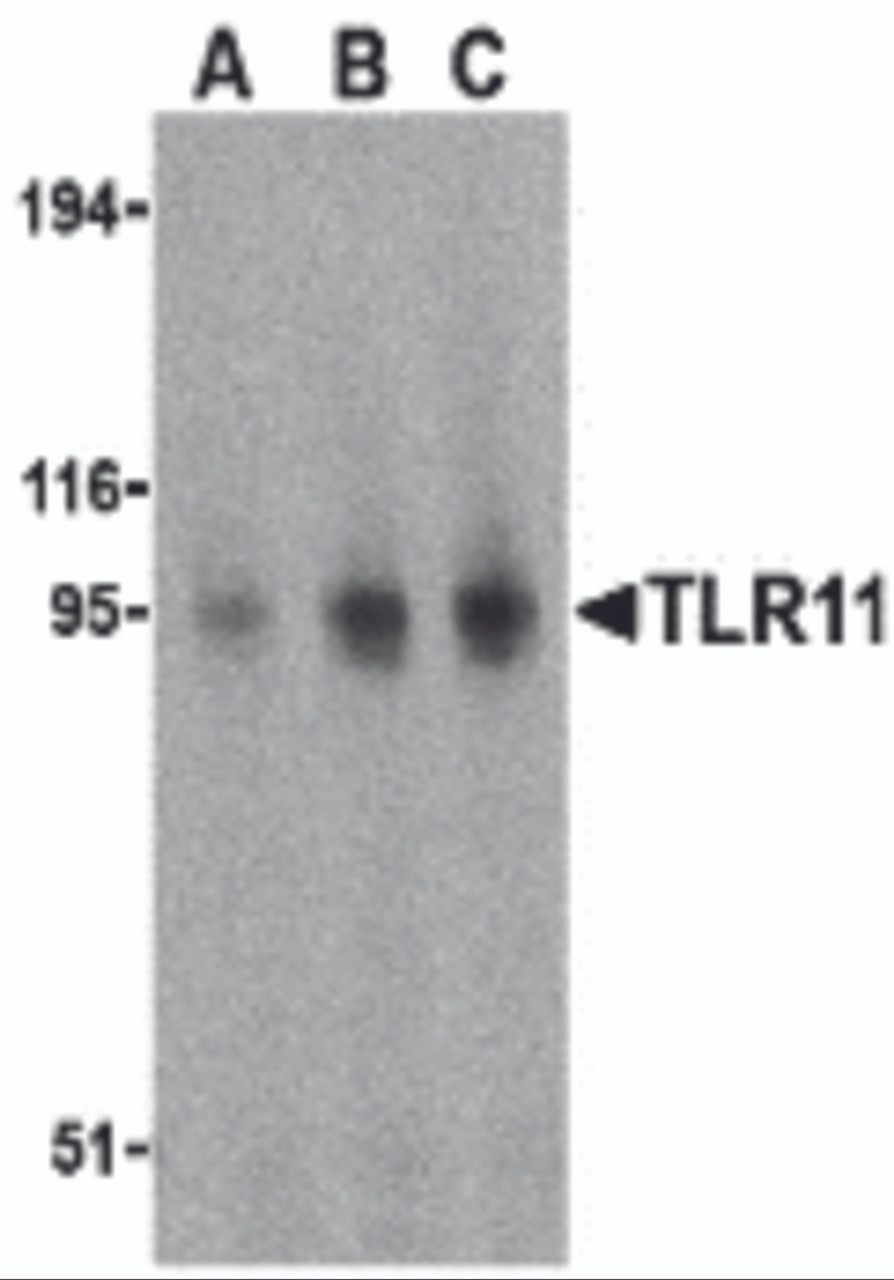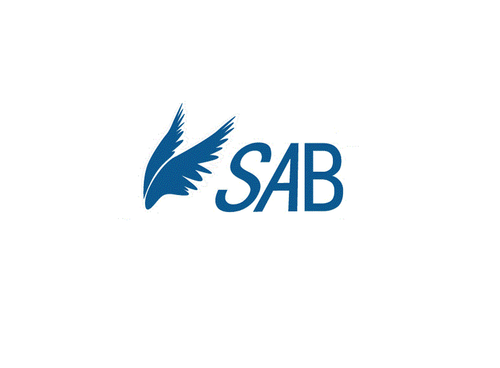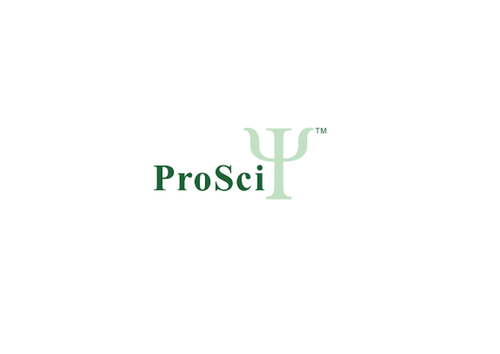Product Description
TLR11 Antibody | 3285 | ProSci
Host: Rabbit
Reactivity: Mouse
Homology: N/A
Immunogen: TLR11 antibody was raised against a peptide corresponding to 16 amino acids between the middle and carboxy terminus of mouse TLR11.
The immunogen is located within the last 50 amino acids of TLR11.
Research Area: Innate Immunity
Tested Application: E, WB, ICC, IF
Application: TLR11 antibody polyclonal antibody can be used for detection of TLR11 by Western blot at 0.5 to 2 μg/mL. Antibody can also be used for immunocytochemistry starting at 10 μg/mL. For immunofluorescence start at 10 μg/mL.
Antibody validated: Western Blot in mouse samples; Immunocytochemistry in mouse samples and Immunofluorescence in mouse samples. All other applications and species not yet tested.
Specificiy: N/A
Positive Control 1: Cat. No. 1283 - RAW 264.7 Cell Lysate
Positive Control 2: Cat. No. 17-203 - RAW 264.7 Cell Slide
Positive Control 3: N/A
Positive Control 4: N/A
Positive Control 5: N/A
Positive Control 6: N/A
Molecular Weight: N/A
Validation: N/A
Isoform: N/A
Purification: TLR11 Antibody is Ion exchange chromatography purified.
Clonality: Polyclonal
Clone: N/A
Isotype: IgG
Conjugate: Unconjugated
Physical State: Liquid
Buffer: TLR11 Antibody is supplied in PBS containing 0.02% sodium azide.
Concentration: 1 mg/mL
Storage Condition: TLR11 antibody can be stored at 4˚C for three months and -20˚C, stable for up to one year. As with all antibodies care should be taken to avoid repeated freeze thaw cycles. Antibodies should not be exposed to prolonged high temperatures.
Alternate Name: TLR11 Antibody: Gm287, Gm287, Toll-like receptor 11
User Note: Optimal dilutions for each application to be determined by the researcher.
BACKGROUND: TLR11 Antibody: Toll-like receptors (TLRs) are signaling molecules that recognize different microbial products during infection and serve as an important link between the innate and adaptive immune responses. These proteins act through adaptor molecules such as MyD88 and TIRAP to activate various kinases and transcription factors. TLR11 is one of three mouse TLRs that lack a human ortholog. It is activated specifically by uropathogenic bacteria, and mice lacking TLR11 showed a much greater susceptability to uropathogenic infections, indicating a potentially important role for TLR11 in preventing infections in the urogenital system.
 Euro
Euro
 USD
USD
 British Pound
British Pound
 NULL
NULL












